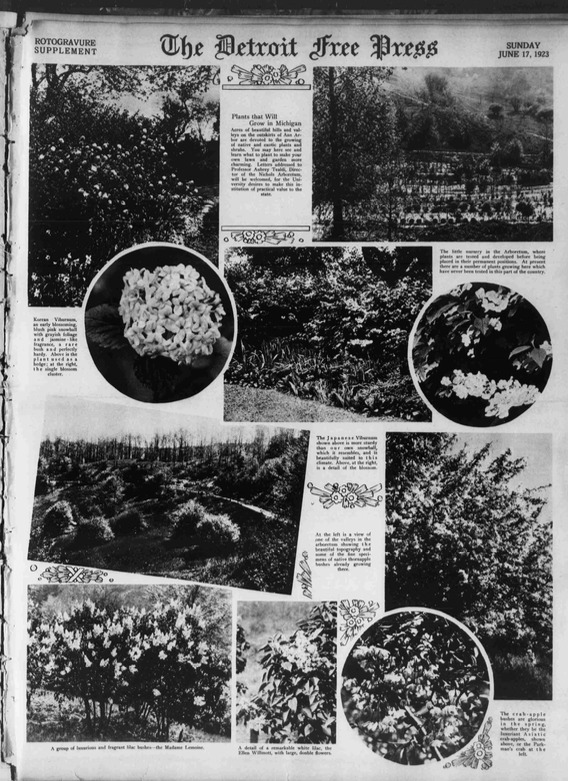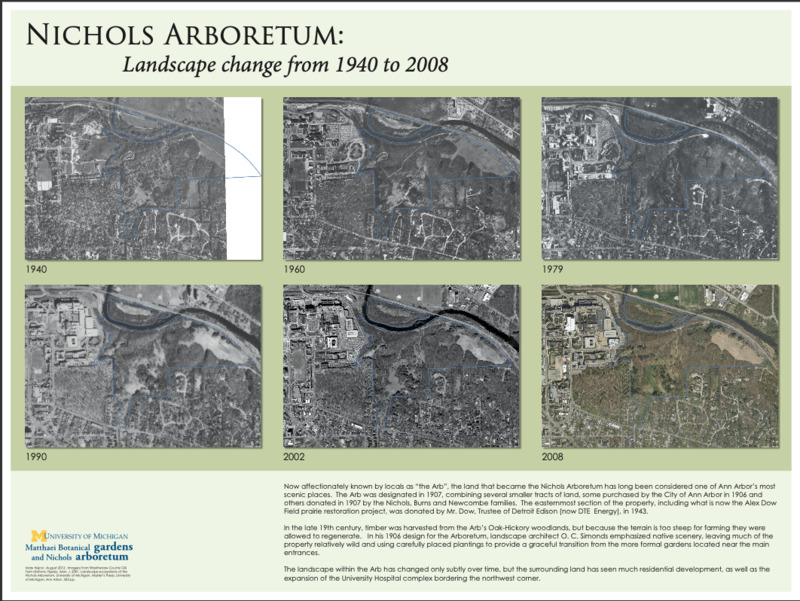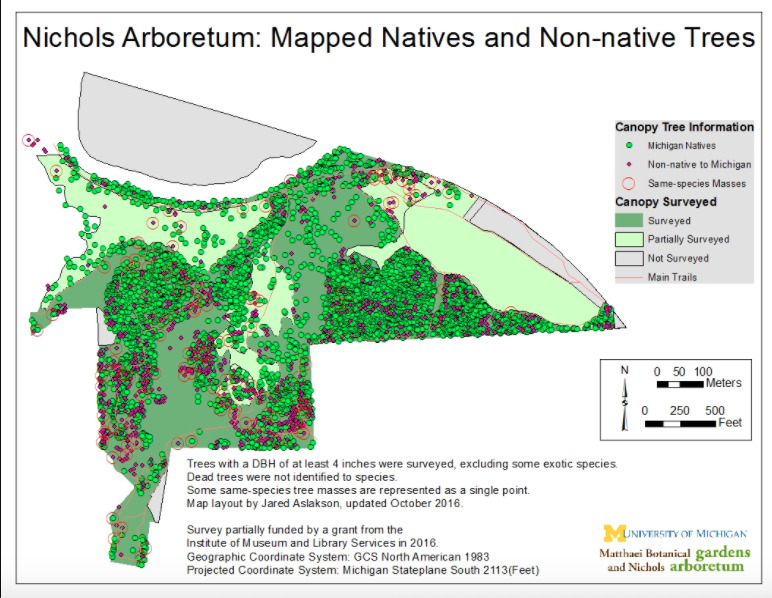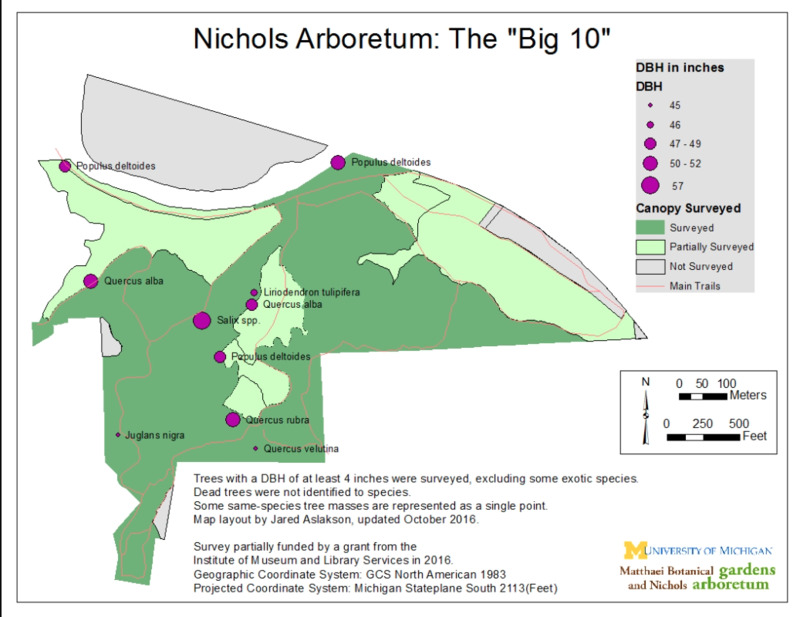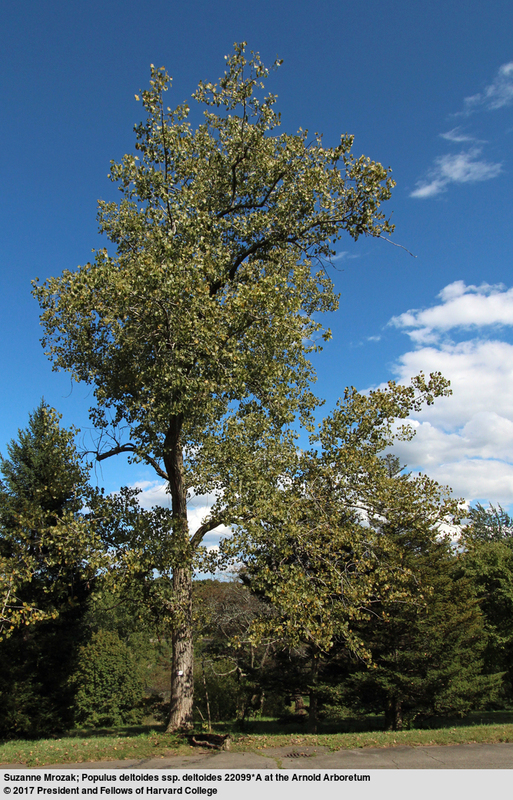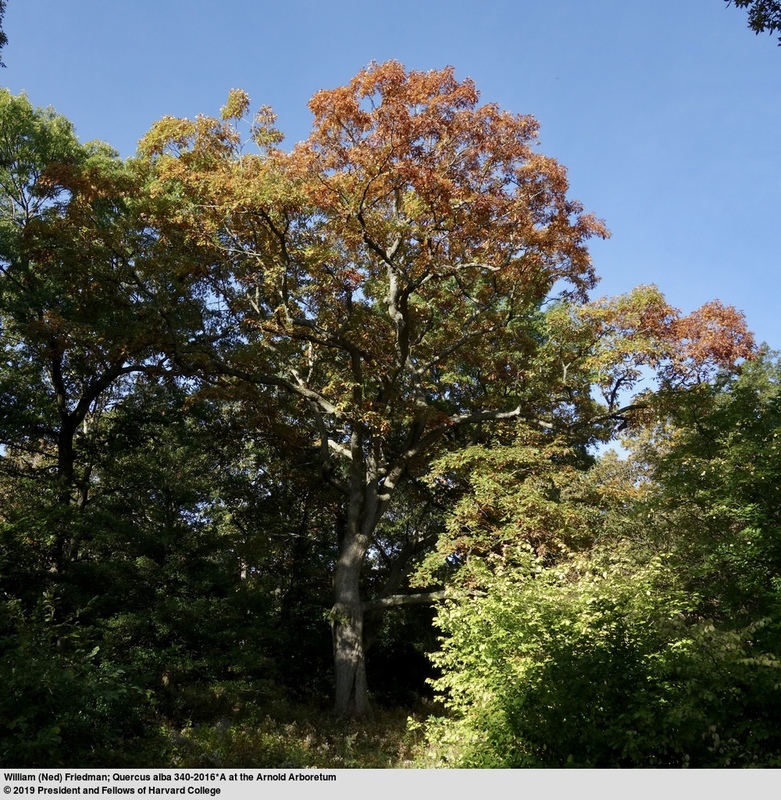Nichols Arboretum
Botanical Gardens can contain thousands of plant species, but some gardens specialize in a certain type of plant or species. This is the case with arboretums. Arboretums specialize in the cultivation and study of trees. The University of Michigan's arboretum is called the Nichols Arboretum.
On this page, you can explore documents connected to the Nichols Arboretum to learn more about its purpose, history, and the types of species it holds.
Click Next to enter the Peony Garden.
